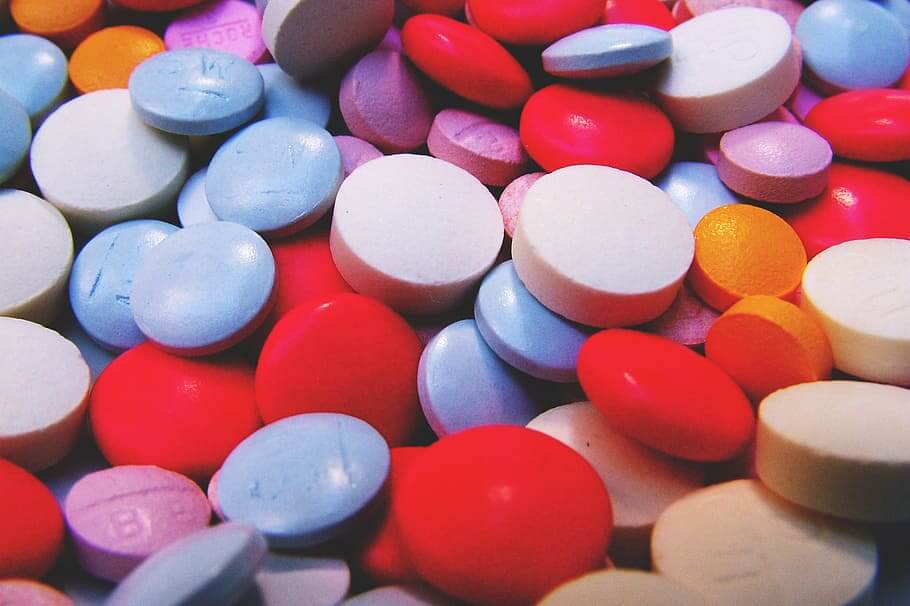
Key Steps in Tablet Manufacturing Process: A Comprehensive Overview
Tablets have become an indispensable part of our lives, helping us stay connected, informed, and entertained. Have you ever wondered how these small, portable devices come to life? The process of tablet manufacturing involves several intricate steps, combining science, technology, and art. In this comprehensive overview, we will delve into the key steps involved in the tablet manufacturing process, shedding light on the incredible journey from raw materials to the sleek, powerful devices we hold in our hands.
1. Formulation Development
The tablet manufacturing process starts with formulation development. Pharmaceutical companies meticulously research and experiment to create the ideal formulation for a tablet. Factors such as the active ingredient, its dosage, stability, and release profile are taken into consideration. This step requires expertise in chemistry and pharmacology to ensure the tablet’s efficacy and safety.
2. Granulation
Once the formulation is finalized, the granulation process begins. Granulation is the process of transforming the powdered ingredients into granules. Granules provide better flowability, compression properties, and uniformity. There are two types of granulation methods: wet granulation and dry granulation. Wet granulation involves mixing the powders with a liquid binder, while dry granulation employs mechanical pressure to form the granules.
3. Blending
Blending is a crucial step in tablet manufacturing, as it ensures homogeneity and uniformity of the granules. Various powders, including the active ingredient and excipients, are carefully mixed in a blender to create a consistent blend. This step requires precise measurements and control to guarantee that each tablet contains the intended amount of active ingredient.
4. Compression
After the blending process, the granules are compressed into tablet form. Tablet compression machines, also known as tablet presses, play a vital role in this step. The granules are fed into the machine, which applies enormous pressure to shape them into tablets. The compression force and speed must be carefully controlled to achieve tablets of the desired hardness, thickness, and weight.
5. Coating
Tablet coating serves both functional and aesthetic purposes. Functional coatings protect the active ingredient from degradation due to environmental factors such as moisture, light, and pH. Aesthetic coatings enhance the tablet’s appearance, making it easier to swallow and improving patient compliance. Coating can be done using various techniques, including sugar coating, film coating, and enteric coating.
6. Printing
Tablet printing is the process of applying identification marks or logos on the tablet surface. These markings help in product identification, batch tracking, and ensuring product integrity. Printing can be done using inkjet printing, laser printing, or hot stamping techniques. Precise printing is crucial to maintain the tablet’s quality and ensure regulatory compliance.
7. Packaging
The final step in tablet manufacturing is packaging. Tablets are carefully packaged in blister packs, bottles, or sachets, ensuring their protection during storage, transportation, and distribution. Packaging materials should be tamper-proof, child-resistant (if required), and provide proper labeling with important information such as dosage instructions, batch number, and expiration date.
Conclusion
The tablet manufacturing process involves a series of intricate steps, where each stage contributes to the creation of a high-quality, safe, and effective tablet. From formulation development to packaging, pharmaceutical companies invest significant time, resources, and expertise to bring these cutting-edge devices to the market.
Next time you hold a tablet in your hands, remember the journey it undertook—from the initial research and formulation to the precise blending, compression, coating, printing, and packaging. The tablet manufacturing process is a testament to human ingenuity and scientific progress, enabling us to unlock the immense potential of these remarkable devices.




